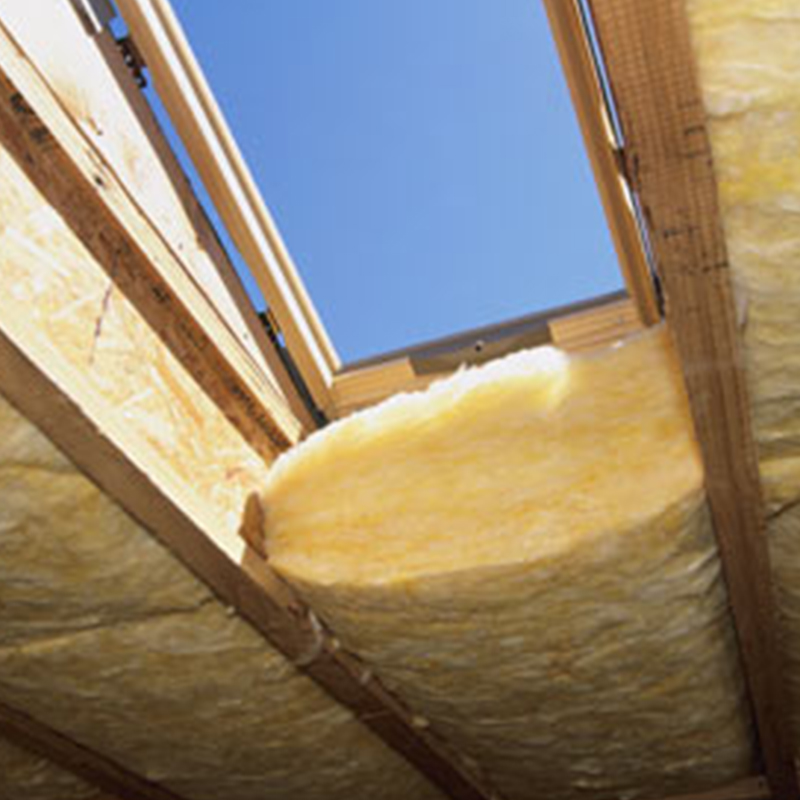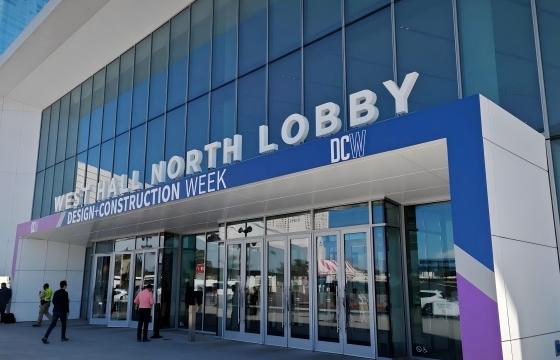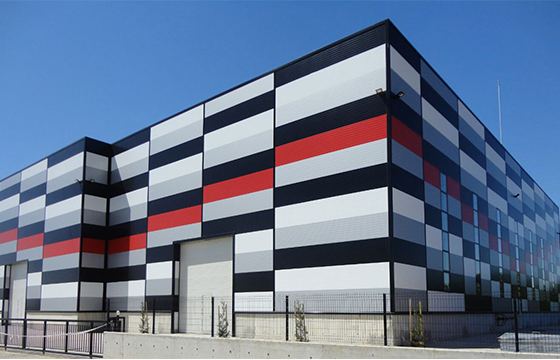How Long Does Fiberglass Insulation Last? The Homeowner's Guide
2025-10-10
Meta Description: Curious about how long fiberglass insulation lasts? Learn how long fiberglass really lasts-80-100 years-and the 5 most prevalent factors that deteriorate this insulation, and overt signs it is time for replacement.

How Long Does Fiberglass Insulation Last?
If you're a homeowner, chances are you've glanced up at the pink or yellow batts in your attic and thought, "Is this still working?" It's a smart question, since comfort and energy bills depend on the answer.
Fortunately, fiberglass insulation can be very durable and will last 80 to 100 years under ideal conditions. The material itself-thin strands of glass-does not decompose or expire.However, it can be well before that mark when its performance actually degrades.
While the glass fibers themselves are stable, a number of external factors can compromise their insulating power (R-value).Here are the determining factors on how long your fiberglass insulation will remain effective:
Moisture/Water Damage: This is enemy #1. When insulation gets wet from a leaky roof, plumbing issue, or condensation, it compacts and loses its R-value. It will often not fully rebound, even when dry. Worse, wet insulation provides the ideal environment for mold and mildew.
Infestation of Pests: Rodents and insects will often nest in insulation, burrowing into it and compressing and contaminating it with droppings and urine to render it both ineffective and a health hazard.
Physical Compression: When insulation is compressed by stored boxes in the attic or during renovation, air pockets that give the insulation its thermal resistance get squeezed out. The result is a serious reduction in R-value.
Settling and Gaps (in loose-fill): Although most batts will not readily do this, loose-fill fiberglass can settle over time (decades) and create thin spots and thermal bridges through which heat can escape.
Airflow and Poor Installation: Gaps around batt edges or improper coverage allow unconditioned air to flow freely, which undermines the insulation's job.
Signs Your Fiberglass Insulation Needs Replacing.You don't have to wait 80 years to check on your insulation. Look for these clear indicators that it is time for an inspection or replacement:
Unexplained energy bill spikes: This is typically the very first signal that your insulation is no longer performing as it should.
Uneven temperatures across rooms: If some rooms are considerably colder or hotter than the others, you might have compromised insulation in those areas.
Visible Mold or Mildew: Any visible mold growth indicates that the insulation has gotten wet and should be removed forthwith.
Evidence of pests: Look for nests, droppings, or tunnels in the insulation.
Musty Smells: A lingering musty smell from your attic or walls may signal that mold is growing inside the insulation.
It's Older Than 30-40 Years: Without significant damage, older insulation may not meet the energy efficiency standards of today and could be contaminated with dust and allergens.
The Bottom Line The physical lifespan of fiberglass insulation, nevertheless, is phenomenal at 80-100 years. In practice, however, it lasts less due to environmental influences. For optimum home efficiency, comfort, and indoor air quality, it is wise to check on your insulation every 15-20 years and address any signs of moisture, pest damage, or compression. Pro Tip: If you're not sure about the condition and performance of your insulation, a professional energy audit can evaluate it to determine if you need a replacement or not.
Related Blog

UET Glass Wool in IBS International Building Materials Exhibition

Chongqing materials industry carbon peak plan:—— involving rock wool, thermal insulation and decorative integrated panels and aerogel, etc.

Dynamics of the thermal insulation building materials industry from a global perspective—— Focus on glass wool, rock wool and rubber and plastic materials

UET Glass Wool in IBS International Building Materials Exhibition

Chongqing materials industry carbon peak plan:—— involving rock wool, thermal insulation and decorative integrated panels and aerogel, etc.

Dynamics of the thermal insulation building materials industry from a global perspective—— Focus on glass wool, rock wool and rubber and plastic materials
contact us







